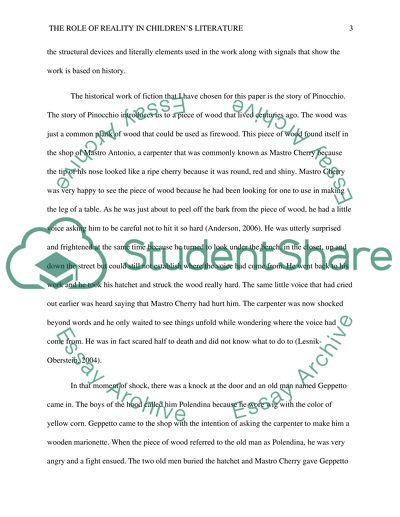Cite this document
(“The Role of Reality in Children's Literature Essay”, n.d.)
The Role of Reality in Children's Literature Essay. Retrieved from https://studentshare.org/literature/1432577-the-role-of-reality-in-childrenyies-literature
The Role of Reality in Children's Literature Essay. Retrieved from https://studentshare.org/literature/1432577-the-role-of-reality-in-childrenyies-literature
(The Role of Reality in Children'S Literature Essay)
The Role of Reality in Children'S Literature Essay. https://studentshare.org/literature/1432577-the-role-of-reality-in-childrenyies-literature.
The Role of Reality in Children'S Literature Essay. https://studentshare.org/literature/1432577-the-role-of-reality-in-childrenyies-literature.
“The Role of Reality in Children'S Literature Essay”, n.d. https://studentshare.org/literature/1432577-the-role-of-reality-in-childrenyies-literature.


